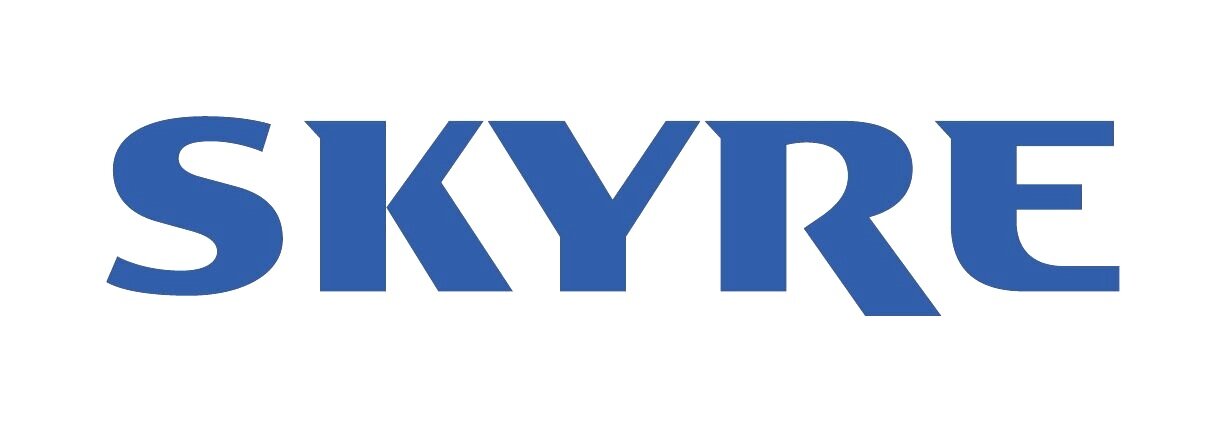Our electrochemical system recovers Hydrogen and Helium for rocket engine tests
Hydrogen Recovery System for Recycling and Compressing Hydrogen and Helium
Helium is the only element on the planet that is a completely non-renewable resource. Helium is derived from radioactive decay of uranium – a process which takes many millennia – and once it is released into the atmosphere, it is lightweight enough to escape Earth completely. Even the helium that inflates party balloons is becoming increasingly precious and, as a result, expensive.
At NASA’s Stennis Space Center (SSC), where large chemical propulsion engines are tested, helium is needed to purge liquid hydrogen pipelines before technicians can safely disconnect the line after a test. As NASA’s largest rocket engine testing facility, SSC uses more than one million gallons of liquid hydrogen annually on average. NASA sought innovations that wisely use cryogenic gases, including hydrogen, with an emphasis on reclaiming helium to save cost and resources.
Our Solution
One approach to accessing a reliable and cost-efficient supply of hydrogen and helium is through recycling. SKYRE, Inc., a small business based in East Hartford, Connecticut, proposed to the Small Business Innovation Research and Small Business Technology Transfer (SBIR/STTR) program to develop a system that recovers and then separates the hydrogen and helium from a mixture during the rocket engine testing activities. The company was founded in 2007 and received its first SBIR funds from the National Science Foundation (NSF) and Department of Energy. In 2010, SKYRE received its first NASA STTR Phase I contract in partnership with the University of Connecticut to develop a proof of concept for a Hydrogen Recovery System (HRS).
As helium is used to purge hydrogen lines during rocket engine testing activities as a safety procedure, helium is mixed into the stream of liquid hydrogen. The HRS is an electrochemical system that removes hydrogen from the gas mixture, leaving behind helium. The system then removes residual water vapor from the helium and compresses it to commercial storage pressure. The heart of HRS is SKYRE’s H2RENEW™, which separates and compresses hydrogen into a purified, high pressure state. After proving the concept for HRS through Phase I and II awards, SKYRE and the University of Connecticut extended their contract via the Phase II-E option in 2016 to continue enhancing HRS on a small scale, and received Phase II-Sequential funding in 2019 to develop and demonstrate a fully-autonomous, large-scale hydrogen recovery and compression system.
SKYRE advanced additional components of its elemental recovery technology with SBIR and STTR Phase I, II, and post-Phase II funding, scaling the technology to meet NASA’s requirements and introducing new elements to address different customers’ needs. “As a company we began to leverage the SBIR/STTR process more and more,” said Trent Molter, CEO of SKYRE. “The different phases and opportunities force you to talk to commercial entities, to try and understand what their needs are.” In 2018, SKYRE participated in the national Innovation Corps (I-Corps) Program for STTR Phase I recipients—offered in partnership with NSF, I-Corps is designed to help small business teams bring their innovations from the laboratory to the marketplace. The I-Corps curriculum teaches firms about developing their business model and then testing it through an extensive customer interview process.
In 2019 and 2020, SKYRE received funding from NASA’s Civilian Commercialization Readiness Pilot Program (CCRPP), which funds the maturation of SBIR- and STTR-developed technologies with the goal of infusion or commercialization. CCRPP funded more than $1.5 million for the two combined contracts with matching funding from NASA and angel investors. The CCRPP awards support SKYRE in commercializing H2RENEW™ into a product line for consumer use.
Business Impact
As of May 2021, SKYRE attributes approximately $25 million in revenue from commercial and government clients to technology advancements made with SBIR and STTR awards, including work with NASA and other government agencies such as Department of Energy and Advanced Research Projects Agency–Energy. The SBIR/STTR developments that contributed to the H2RENEW™ product line enabled SKYRE to launch a second product line with related capabilities. Called CO2RENEW™, the system converts problematic greenhouse gases, such as carbon dioxide, into usable and valuable fuels and commodity chemicals.
Regarding the company’s commercialization success, Molter credits much of SKYRE’s customer discovery model to the lessons learned from I-Corps: “I-Corps was an eye-opener. We learned a lot about how to target products to customer needs. We adopted most of what we learned from I-Corps for the company.” SKYRE plans to continue developing electrochemical systems that can be adapted to recover more elements and address a variety of customer applications.
